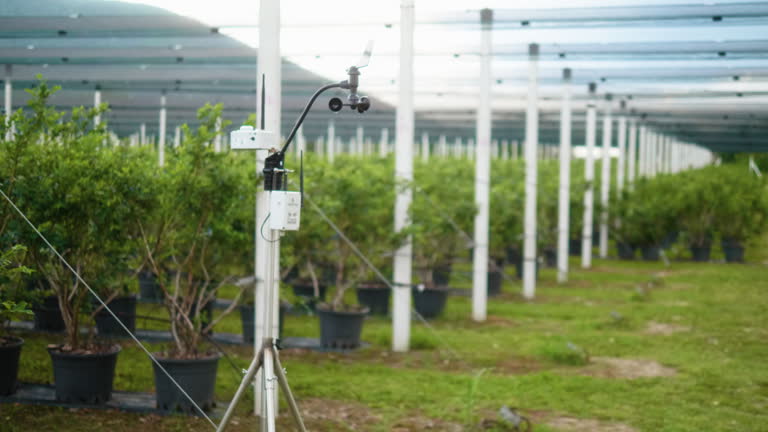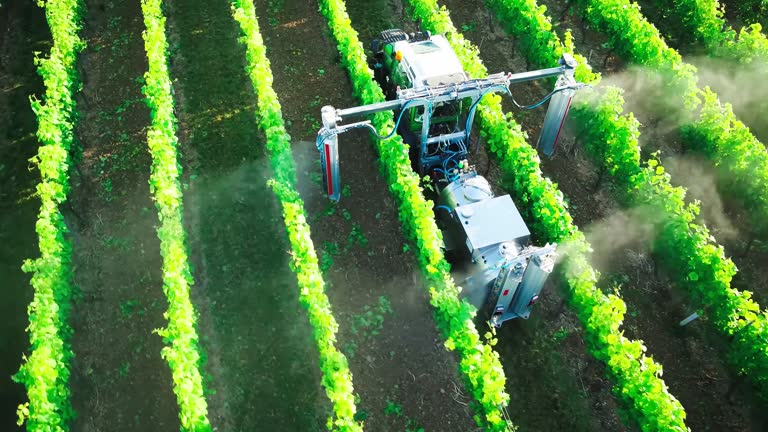China is rapidly integrating cutting-edge technologies into its agricultural sector as part of its broader rural revitalization strategy. The efforts are focused on deploying smart farming solutions, including autonomous machinery, remote sensing systems, and intelligent water-saving irrigation.
China is accelerating its agricultural advancement by expanding high-standard cropland equipped with sophisticated technologies. In Henan Province’s Pingyuan Pilot Zone, farmlands are now outfitted with smart irrigation systems, sensors, and data platforms like “Zhongyuan Nonggu,” enabling real-time monitoring of soil, weather, and crop conditions. These innovations have led to significant yield increases, with wheat production rising by 100 to 150 kg per mu.
Nationwide, over 1 billion mu of high-standard cropland has been developed, incorporating features such as pest radars and automated irrigation controlled via smartphones. This initiative aligns with China’s goal to build 1.2 billion mu of such farmland by 2030, ensuring stable grain production and food security.


This integration of digital tools with agriculture is redefining how farming is done in China. By focusing on precision, efficiency, and sustainability, the country is laying the groundwork for long-term food security. The success of smart cropland zones demonstrates a scalable model that can be replicated across regions.

















